This story is based on a 2014 interview.
Alex and Betsy Hitt established Peregrine Farm on 26 acres of pastures and woodlands in the Piedmont region of central North Carolina in 1981. Although the Hitts initially started a pick-your-own berry enterprise, they eventually moved into five acres of mixed vegetables and cut flowers to improve profitability and meet local market demands. Since 1991, the farm has supported them without the need for off-farm employment, and they also bring in two full-time employees during the growing season. They have never participated in any government program supporting agricultural producers.
Today, Alex and Betsy grow about four acres of vegetables and cut flowers in rotation with a diverse mix of warm- and cool-season cover crops. Production takes place on drip-irrigated raised beds in the open or under about an acre of high tunnels and hoophouses. Extremely diverse crop rotations and intensive cover cropping are key management strategies at Peregrine Farm, with more than two hundred crop varieties grown in a given year, plus about half an acre of blueberries. For more than a decade, Alex and Betsy also rotationally-grazed about a hundred turkeys through the croplands each year, but they stopped in 2014 when a local processing plant closed. The Hitts sell most of their produce at a twice-weekly farmers’ market in Carrboro, about fifteen miles from the farm, and to local restaurants and a co-op grocery store.
In the thirty-three years he has been in the farm, Alex says that changing weather patterns have caused some major shifts in crop management. “Back in the late ’80s and early ’90s,” he recalls, “we had a number of years when it rained like hell, particularly in early spring, and we many times wondered if we were ever going to get anything planted or weeded. This is when we developed our system of raising our beds up in the fall, so they would drain and warm up fast the following spring when the heavy rains would come. We had so many floods in our creek-bottom fields that we finally had to stop using those fields, even though they have the best soil on the farm, because we couldn’t afford to lose the crops. But after Hurricane Fran in 1996, the tap turned off.”
Since then, weather patterns seem to have shifted significantly, while extremes have become more intense, creating new challenges and some new opportunities. “In the last fifteen years or so, springs have become much drier and there are more dry periods and longer periods of drought in the summer,” according to Alex. “Summer high temperatures now seem to extend into the late summer and fall, so summer is longer than it used to be and much drier. But fall weather is also extending longer and is better for growing.”
Alex started noticing a decline in production of some crops, particularly tomatoes, as summer temperatures increased and drought became more common. He explains, “In 2012, high temperatures were near 100 [degrees Fahrenheit] for more than two weeks in early June. We’ve had some heat-related pollination problems in tomatoes, squash, beans and cucumbers. Temperatures were just too hot for fruit set.”
High fall temperatures as the crops mature have also caused some problems, sometimes actually cooking the fruits on the vine. Drought has also interfered with normal plant development, causing time to maturity to become more irregular in growing seasons with more frequent dry periods and droughts.
Water availability for crop irrigation is now at the top of the list of weather-related concerns at Peregrine. Water comes from two ponds on the farm, both of which are spring fed. But the springs have not run much for some years now, so Alex pumps water out of the creek and into the ponds as a backup. He says that the creek running dry in summer has raised concerns about having enough water to continue to grow crops in the summertime. As he puts it, “If we don’t have the water, we can’t grow vegetables in summer.”
Peregrine is not in a rapidly growing area, so increased competition for groundwater does not seem a likely explanation for the reduction in summer creek flows. “There are no subdivisions or industrial uses, and, thank god, no fracking or anything yet,” says Alex, “so I don’t see any large users of water. The area is still mostly in woods.” He thinks the summer dry-up may be related to a decline in winter precipitation, which has reduced groundwater levels. “We used to get really good, regular, steady winter rains which kept things moist and green,” Alex explains, “but for a number of winters now, you can go out and till soil almost anytime you want. It’s not soppy wet. Once the trees leaf out and start drawing down the soil moisture, the creek flow really starts to drop.” Two or three summers ago, the creek went dry so quickly that Alex walked its length to the headwaters to see if someone was actually pulling water out, but all he found was that none of the springs that feed the creek were running.
The changes in water supply, coupled with higher summer temperatures and more frequent drought, have got Alex and Betsy thinking about ways, both old and new, to reduce summer crop production risks. For example, soil management, always a priority on the farm, has taken on new importance. “Because we are so conscious of ground water and the creek,” says Alex, “we’re trying as best as we can to build soil organic matter levels in order to improve soil water-holding capacity. We have a sandy loam, so it dries out pretty quickly.”
They have also begun to reduce production during peak summer heat (late June to early August) and focus on production during the cooler fall, winter and spring seasons. This shift away from mid-summer production offers a number of advantages, including reduced water needs, less field work in high temperatures and the production of cool-season crops well-adapted to the longer falls and warmer winters. “From 2000 to 2010, we marketed produce from April through about mid-October,” Alex explains. “In 2011, we tried some winter marketing and that worked well enough that we planted a full array of fall and winter vegetables and some flowers to bring to market in 2012 and 2013. It’s an exciting new direction for us.”
Warmer winters and a lengthening fall season made the shift in production pattern easier, but brought some challenges too. “As we were trying to get fall crops established last year,” Alex says, “I realized why we stopped doing that so long ago. The insect pressures and disease pressures are so high in the fall. It is a struggle. But if we can get to October, we’re okay as far as the establishment of crops…. After that, we can go all the way to Christmas easily, without any real additional work. And January and February are much easier than they used to be, because it is warmer.”
Another new weather-related challenge is changing crop disease pressures. Downy mildew and powdery mildew seem to be coming in earlier in the year than they used to and more novel diseases are challenging production. “This year [2014],” Alex says, “I’ve talked to a number of growers who planted winter squash at the normal time but because the mildews came in so early they did not get a crop. We fortunately planted ours really early and we got a good harvest, but if we had waited any later, I’m not sure we would have gotten much. So part of it is earlier arrival of some old diseases and part if it is new diseases. For instance, this year the downy mildew that has been infecting basil, which we have never had any trouble with — it finally got into our place somehow, and we lost all of our late basil.” Alex adds that some diseases that used to cause losses, like bacterial leaf spot on peppers, have not been a problem over the last few years at Peregrine.
More intense extreme weather, in particular more intense wind, has caused significant damage to the farm. “The intensity of the storms is getting bigger,” says Alex. “Snow is more, wind is bigger and weather comes all at once instead of being spread out.” One extreme wind event in July of 2012 damaged 90 percent of the high tunnels on the farm. “In the ranking of storms we have weathered over the last three decades this relatively small thunderstorm stands at number two in intensity and number one in monetary damage,” Alex explains. “Of course, Hurricane Fran will (or hopefully will) hold the top spot forever in wind speed, flooding, trees down and length of power outage, but we had no serious damage to any building or equipment from Fran and not too much crop loss. We have seen record rainfall events [ten inches in an hour and subsequent flooding], we have seen the record snowfall [twenty-plus inches], huge ice storms and hailstorms but most of those just resulted in loss of power. This storm was fast and hard. The big straight line winds came screaming from the west and from our experiences in Fran [80-mph winds for hours] and other hurricanes like Isabel [60-mph winds for a long time] we estimate these winds at 65–75 mph, but for only about ten minutes. The rain lasted maybe forty-five minutes, then it was over.” Six of the eight high tunnels on the farm sustained major damage because the winds exceeded their design limits and the suddenness of the storm caught the Hitts unprepared. The losses from this storm have got Alex and Betsy looking into how they can manage tree lines for improved wind protection in the future.
Even though summers in the Piedmont have been a bit cooler since 2012, Alex and Betsy plan to continue their efforts to enhance the adaptive capacity of their farm to changing climate conditions. “I think we have been lulled into a little calmness here these last two years,” says Alex, “at least on the heat end. I keep waiting for it to come screaming back.” Even with the retreat from mid-summer production, securing water for crop production remains a top priority. “We continue to go back to thinking about water capture,” says Alex. “Are there any other ways that we can control water before it leaves the farm so that we can have it to use? Some of that has to do with windbreaks so we have lower evapotranspiration. We also have places for more ponds so that we can store all the water that does fall on our farm.” They also continue to select for crop cultivars that are well adapted to their farm conditions and believe that protected growing space — under row covers and in hoophouses and high tunnels — will become even more important for successful production as climate change effects intensify in coming years.
In 2019, Alex and Betsy scaled down their operation to just one half an acre – they were looking for more time off and less time in the heat – and finally closed their business in 2021 after 36 years in farming. Today, they grow for themselves and simply enjoy living in the beauty of Peregrine Farm.
Both Alex and Betsy are longtime, active participants in their community and regularly participate in and lead workshops at sustainable agriculture and regional food conferences and events throughout the Southeast. Both have served on the board of the Carrboro Farmers’ Market. Peregrine Farm was profiled as one of sixty model U.S. sustainable farms and ranches in the USDA-SARE publication The New American Farmer: Profiles of Agricultural Innovation, and Alex and Betsy were nationally recognized for their innovative sustainable management with the 2006 Patrick Madden Award from the USDA Sustainable Agriculture Research and Education Program. In 2010, Peregrine Farm was profiled in the NAS publication Toward Sustainable Agricultural Systems in the 21st Century.



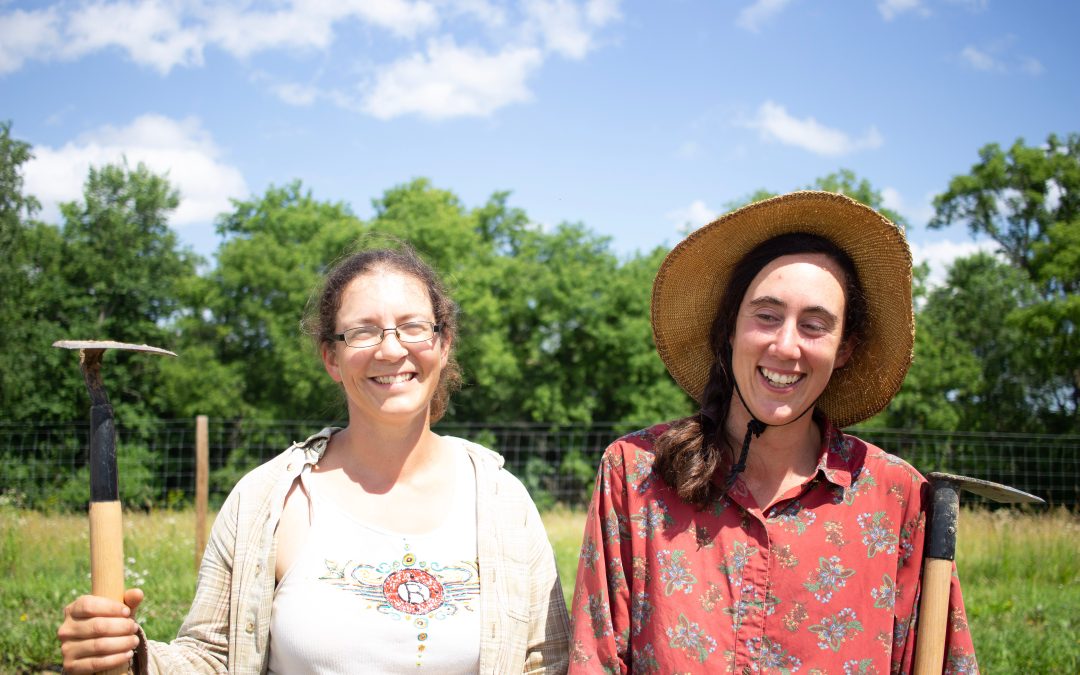
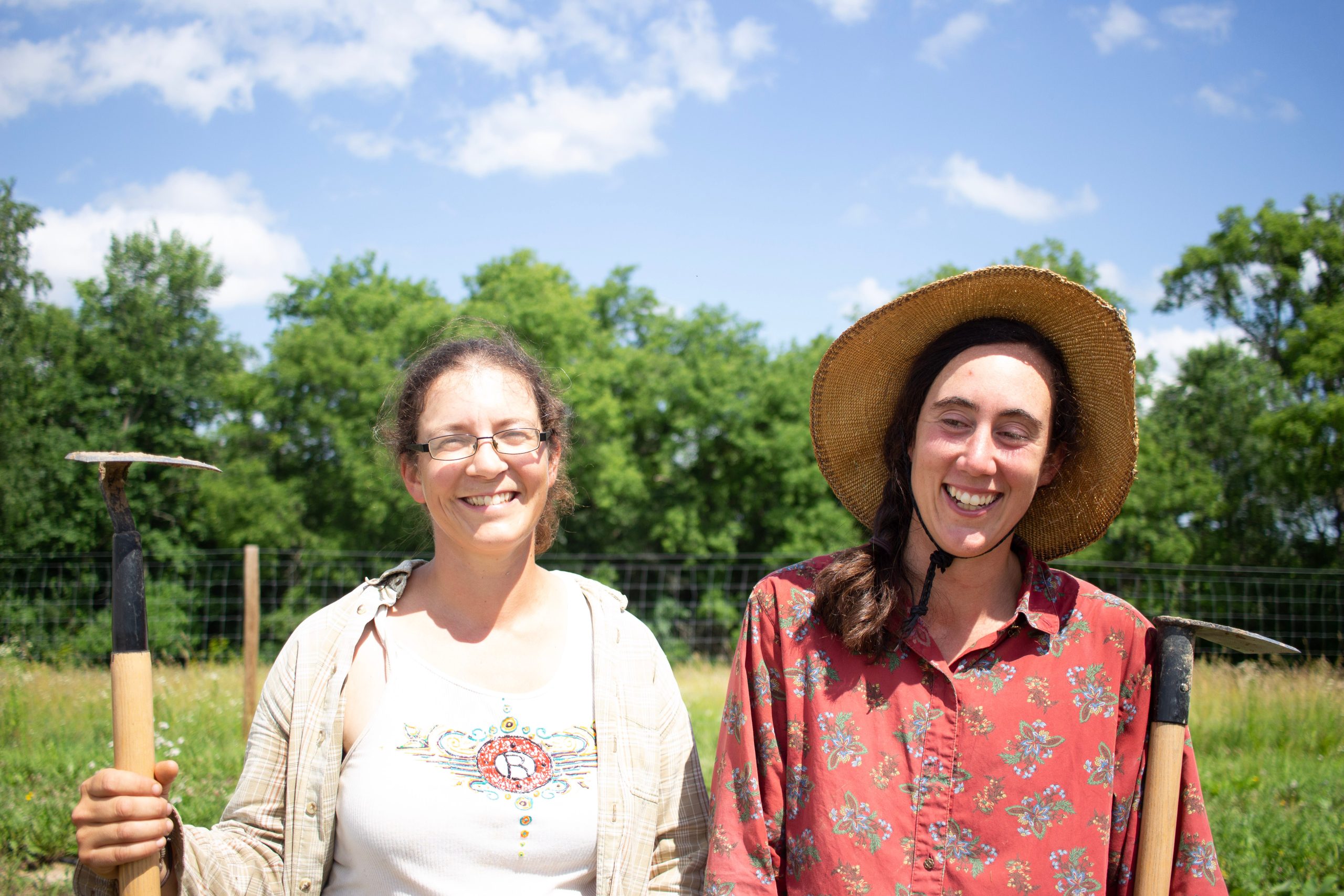

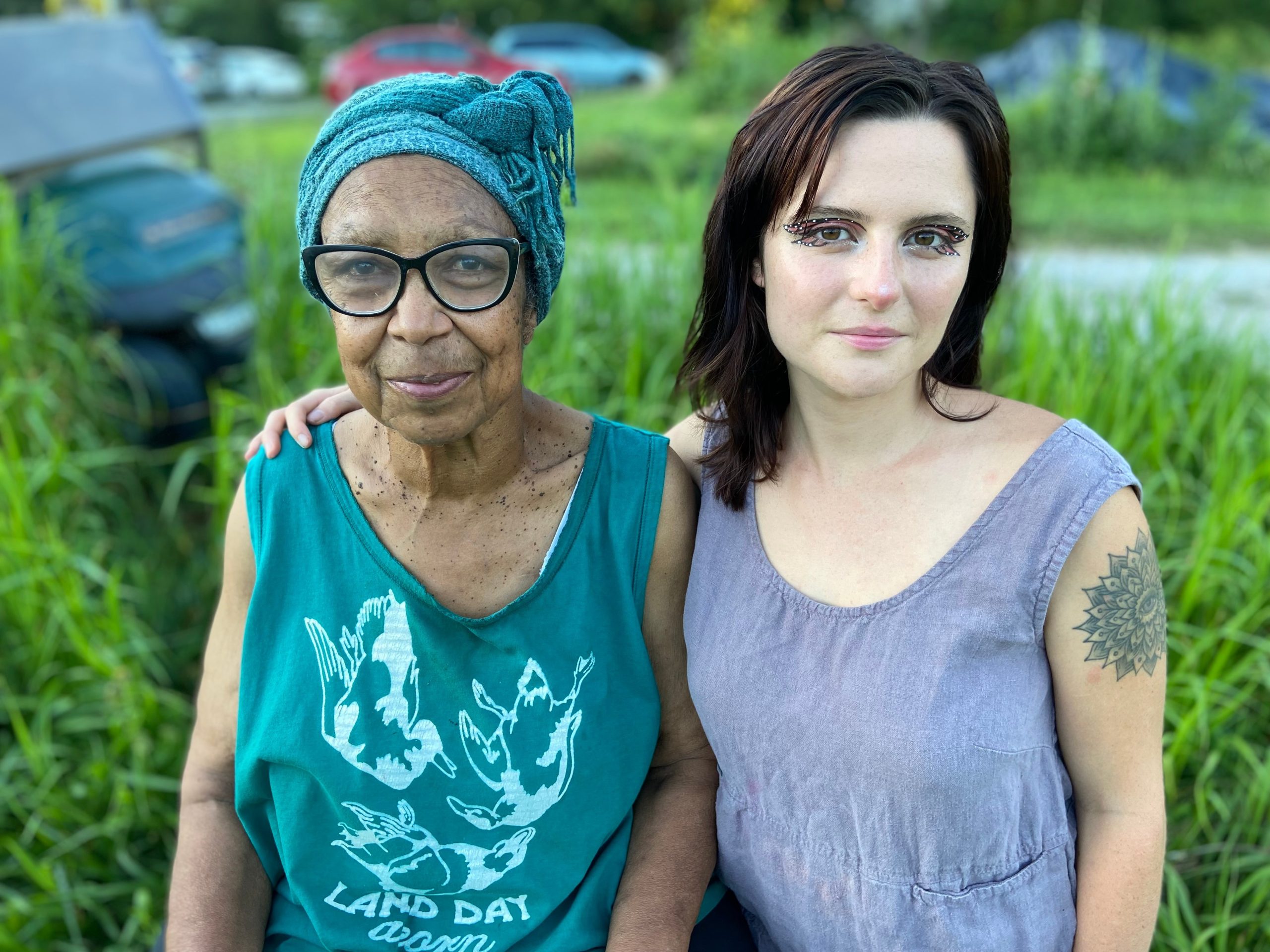


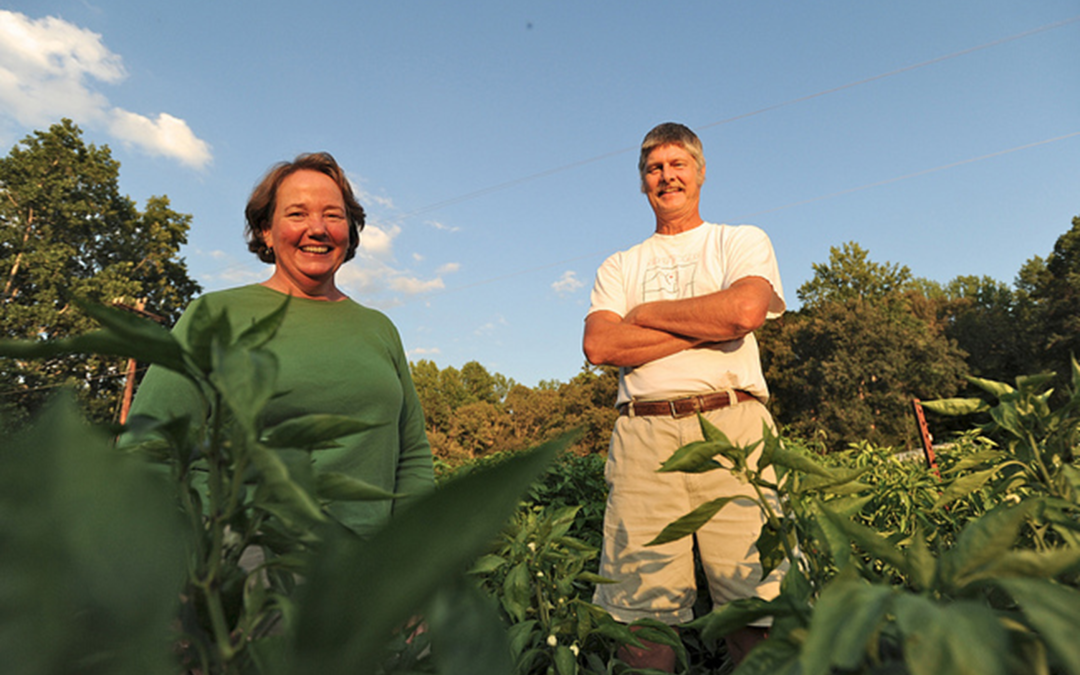
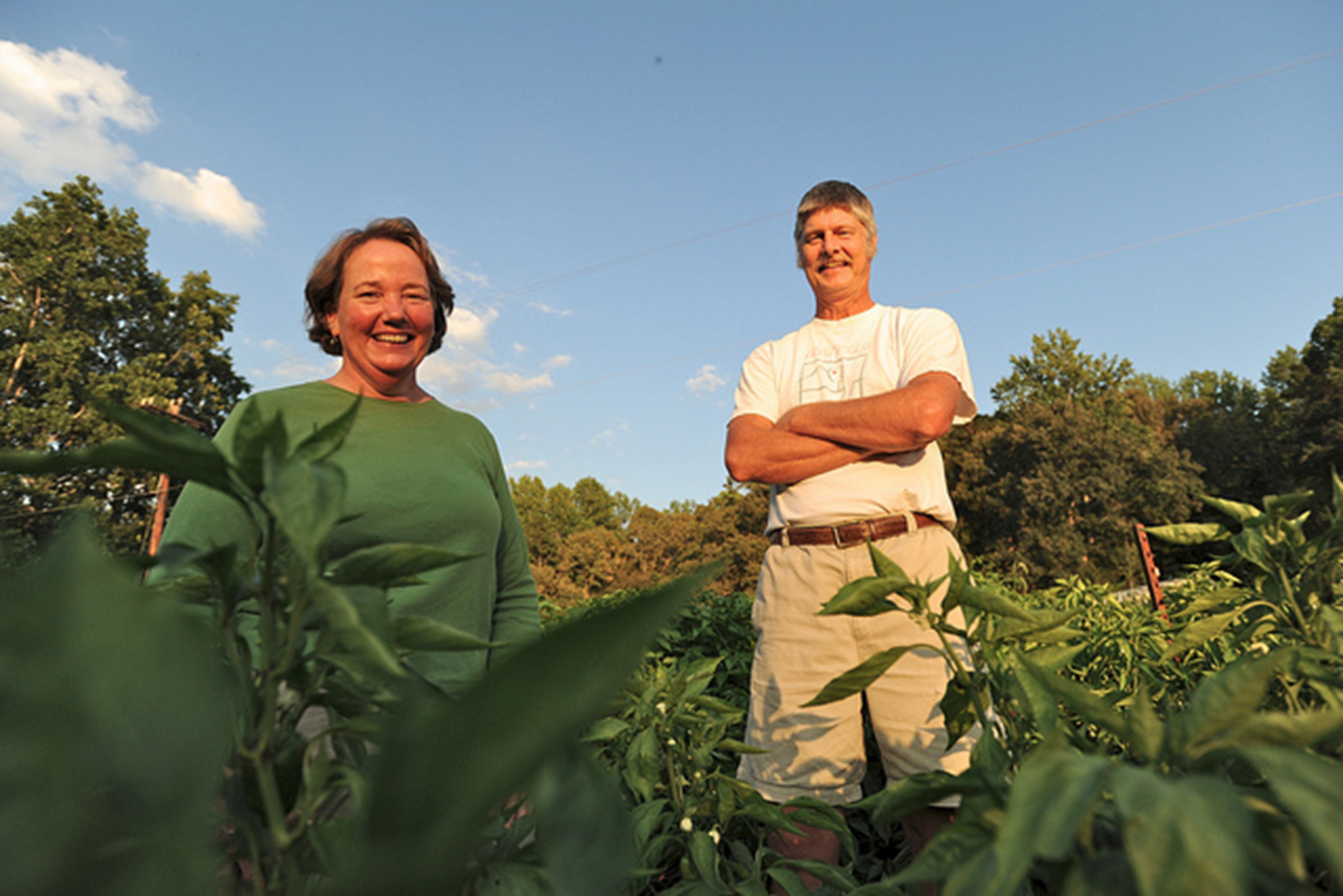
Recent Comments